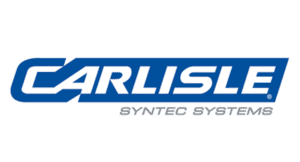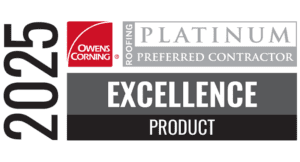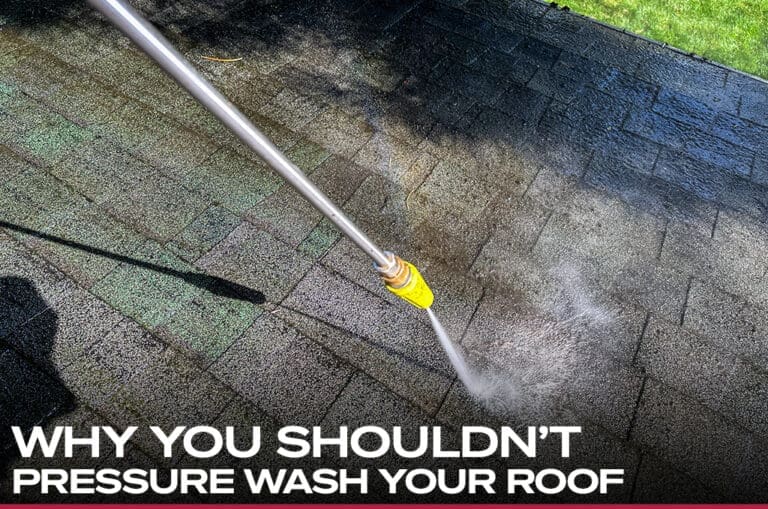The Roof’s Role in Heat Regulation
 When it comes to managing heat inside a commercial building, the first and most significant barrier—or contributor—is the roof. During the summer, when the sun is at its most intense, a building’s roof is continually exposed to solar radiation. The choices made in roofing materials, design, and installation techniques all influence how much of that heat ends up transferring into the interior of the building. This is especially important in warmer climates of Oregon, where commercial buildings often experience long hours of direct sunlight. Understanding the roof’s role in heat regulation is key to controlling energy costs, extending the lifespan of your cooling systems, and improving indoor comfort.
When it comes to managing heat inside a commercial building, the first and most significant barrier—or contributor—is the roof. During the summer, when the sun is at its most intense, a building’s roof is continually exposed to solar radiation. The choices made in roofing materials, design, and installation techniques all influence how much of that heat ends up transferring into the interior of the building. This is especially important in warmer climates of Oregon, where commercial buildings often experience long hours of direct sunlight. Understanding the roof’s role in heat regulation is key to controlling energy costs, extending the lifespan of your cooling systems, and improving indoor comfort.
How Your Commercial Roof Impacts Your Building’s Temperature:
Did you know your commercial building’s internal temperature starts with the roof’s role in heat regulation? By constructing and maintaining an energy-efficient roof, you can easily control your building’s environment, keep costs down, and ensure your employees and customers are comfortable throughout the summer.
1. Material Composition: The Foundation of Heat Behavior
Not all roofing materials behave the same under the sun. Some absorb heat readily, while others are designed to reflect sunlight or dissipate heat more efficiently.
For example, traditional asphalt-based roofing systems such as Built-Up Roofing (BUR) or Modified Bitumen tend to absorb and retain heat. On a sunny summer day, their dark surface temperatures can climb well above 150°F. Once heated, these materials slowly release that warmth into the building below, which places extra demand on the cooling system.
In contrast, single-ply membranes like TPO (Thermoplastic Polyolefin) and PVC (Polyvinyl Chloride) are engineered for high solar reflectivity. These materials naturally resist UV degradation and reflect a significant portion of the sun’s energy, reducing the roof’s surface temperature and limiting heat gain inside the building. Metal roofing is another strong contender—it heats up quickly but also cools down rapidly, especially if paired with reflective coatings.
The choice of material also influences how long the roof remains effective. Materials prone to UV breakdown may lose their reflective capabilities over time, leading to decreased performance and higher energy bills. This is where professional roofing contractors like Pressure Point Roofing help clients make informed decisions by recommending the most heat-efficient material for their specific building and climate.
2. Color and Reflectivity: Simple Yet Powerful
Color might seem like an aesthetic choice, but on a roof, it’s also a functional one. Dark-colored roofing surfaces absorb significantly more heat than light-colored ones. This fundamental principle—called solar reflectance or “albedo”—can result in significant temperature differences.
For instance, a black roof will absorb up to 90% of incoming solar radiation, turning that energy into heat. A white or light-colored roof, on the other hand, might reflect up to 80% of the sun’s rays. This reduces the roof’s surface temperature by as much as 50–60°F during peak sun exposure.
Some commercial roofing materials come pre-manufactured in white or light tones for precisely this reason, while others may be treated with a reflective coating. These coatings can be applied during installation or as a retrofit solution to improve the performance of an existing roof.
Organizations like the Cool Roof Rating Council (CRRC) rate roofing systems based on light color. The CRRC evaluates materials for solar reflectance and thermal emittance (the ability to release absorbed heat). Choosing CRRC-rated materials ensures that your roof performs optimally over time and contributes to lower cooling costs.
3. Insulation: The Invisible Heat Barrier
While the outer surface of a roof determines how much heat is absorbed or reflected, insulation governs how much of that heat actually reaches the building’s interior. Without proper insulation, even a reflective roof can allow heat to permeate downward, warming the building and forcing air conditioning systems to work harder.
In commercial roofing systems, insulation typically comes in the form of rigid boards like polyisocyanurate (polyiso), extruded polystyrene (XPS), or expanded polystyrene (EPS). Polyiso is the most commonly used and offers one of the highest R-values per inch, providing better thermal resistance with less material.
The amount and quality of insulation can significantly affect the internal temperature of a commercial space. Inadequate or poorly installed insulation creates hot zones within the building, leading to uneven temperature regulation. Over time, this can contribute to higher utility bills, premature wear on HVAC systems, and discomfort for occupants.
Pressure Point Roofing emphasizes proper insulation not just as a complementary feature but as a core component of the overall roofing system. Our team ensures that insulation is installed to the correct specifications and integrates seamlessly with the roofing membrane for optimal performance.
4. Roof Design: Form That Follows Function
The architectural design of the roof itself also plays a crucial role in heat management. Elements like slope, ventilation, and even drainage can affect how heat is absorbed, retained, and released.
-
Slope: Low-slope or flat roofs, common in commercial buildings, have a greater surface area directly exposed to the sun for longer periods. These roofs benefit most from reflective materials and coatings. Conversely, sloped roofs may shed some solar exposure depending on the orientation, allowing for better airflow and drainage.
-
Ventilation: Proper ventilation helps move trapped hot air out of attic or ceiling spaces. Without it, heat builds up beneath the roof membrane, transferring downward and increasing indoor temperatures. Adding ridge vents, soffit vents, or mechanical ventilation systems can improve airflow and stabilize internal climate conditions.
-
Drainage and Ponding: Water that pools on a flat roof can absorb and hold heat, further exacerbating temperature issues. Poor drainage design leads to ponding water, which may also degrade roofing materials over time. Designing a roof for efficient water runoff helps avoid these heat traps and contributes to longer-lasting performance.
When Pressure Point Roofing evaluates a commercial roof, we consider all these elements to create a complete heat-regulating solution tailored to your structure’s specific design and function.
Optimize Your Roof’s Role in Heat Regulation for Comfort and Savings
Heat regulation in commercial buildings starts with a smart, well-designed roof. Every factor matters, from the material you choose to the color and coatings you apply, from the insulation underneath to the slope and ventilation of the structure.
Understanding how your roofing system impacts your building’s internal temperature is the first step toward creating a more energy-efficient, cost-effective, and comfortable space. At Pressure Point Roofing, we help commercial property owners across Oregon build better roofing systems that don’t just protect their assets—they optimize them.
If you’re looking to reduce your cooling costs this summer or are ready to install a new roofing system built with heat regulation in mind, contact the experts at Pressure Point Roofing. Let us help you design a smarter roof that works for your building—and your bottom line.
Partners and Awards










